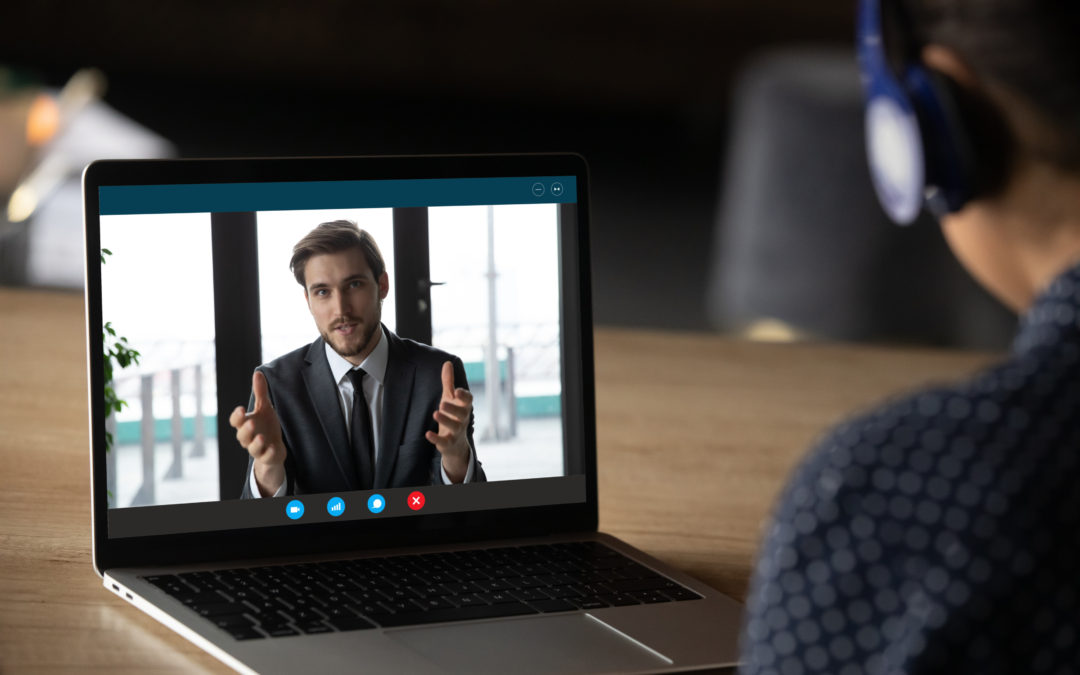Maybe your organization has been engaged in remote work for some time. More than likely though, this has been something new for your company since the Covid-19 pandemic hit in mid-March. As we have likely all discovered, there are many benefits to working remotely and those who were skeptical of working-from-home arrangements have probably bought in – at least to some degree! – to this way of working. Thankfully, technology is available that makes it possible to work from home, something that would have been significantly more difficult a few years ago. That said, there are also some challenges that come about from working remotely. For example, the hallway conversations that take place when at the physical workplace don’t happen. As we all know, these conversations are helpful, as they provide us with information that we otherwise wouldn’t receive (the flip side of this is less office gossip – which is obviously a good thing!). Another challenge can be when there are performance issues in the workplace. It is easier to work through issues when you are in the same physical workplace as employees. As a leader, you will want to ensure that coaching and performance discussions continue to take place while working remotely. So while issues may not crop up in the same way while working remotely, have mechanisms in place to ensure that your staff are completing the work that they need to and are performing their work in an acceptable manner. Some suggestions to ensure that this is happening:
- Create remote work guidelines. For example, if your core hours are 8:00am – 5:00pm, ensure that staff are generally available during these hours (of course, some exceptions may need to be made for those who are also currently managing child care or other similar responsibilities at home). Outline expectations around replying to calls and emails.
- Regularly check-in with your employees (although not in a micro-managing way!). This provides an opportunity for you to understand what your staff are working on, and is also important from an engagement perspective.
- Ensure that your employees have the necessary technology – along with access to software programs and electronic files, for instance – to be able to successfully work from home.
If an issue does arise, have the conversation as soon as you have identified the problem. Otherwise, you are signaling that the behavior, etc. is acceptable. For example, maybe you have an employee who isn’t responding to emails for nearly a day after you’ve tried contacting them. Or maybe this employee is absent from most of your online meetings. Schedule a discussion and go in to the conversation with an open mind. Perhaps they aren’t participating in online meetings because their home is chaotic, making it difficult for them to be in “live” meetings. In this situation, help them to problem solve the issue. Have coaching or performance discussions face-to-face (for example, using Microsoft Teams, WebEx, or Zoom). This is better than dealing with the issue over the phone. Although it may not be the same as an in-person meeting, it is a more personal approach.
Overall, be conscious of connecting with your employees frequently, which typically will take more planning/effort in a remote environment. Regular, pre-scheduled discussions will help you to stay on track with this. And if any performance issues do arise, address the concern(s) as soon as possible.

